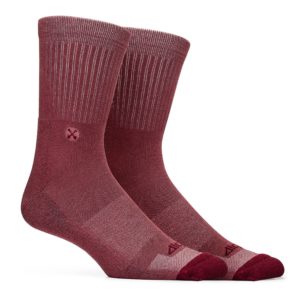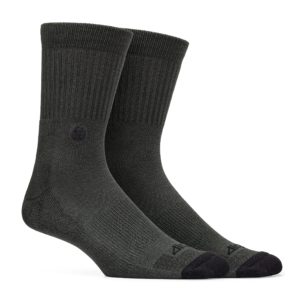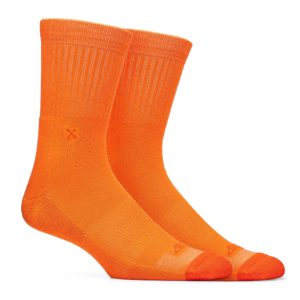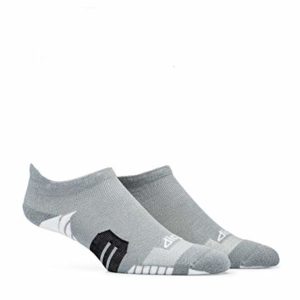Here at DIG Socks, we’re sincere to our roots, literally! Not only do we create bamboo socks, but we also help plant trees globally. For Every Pair Sold, We Plant A Tree. In other words, for every pair you purchase, a tree will be planted. We donate to a non-profitable organization who plant these trees every quarter of the year; you can keep track quarterly by reviewing our count meter here on this page(coming soon). This organization has teams set-up to plant these trees in 16 different countries. These countries benefit tremendously from climate, clean air, water filtration, biodiversities, medicine and health by our simple contribution. We’re in business to help improve the environment. Our mission is to grow as people, as a company, as a community, as a culture, and as a healthier planet. Help lead the way, Step Into A Greener Future.
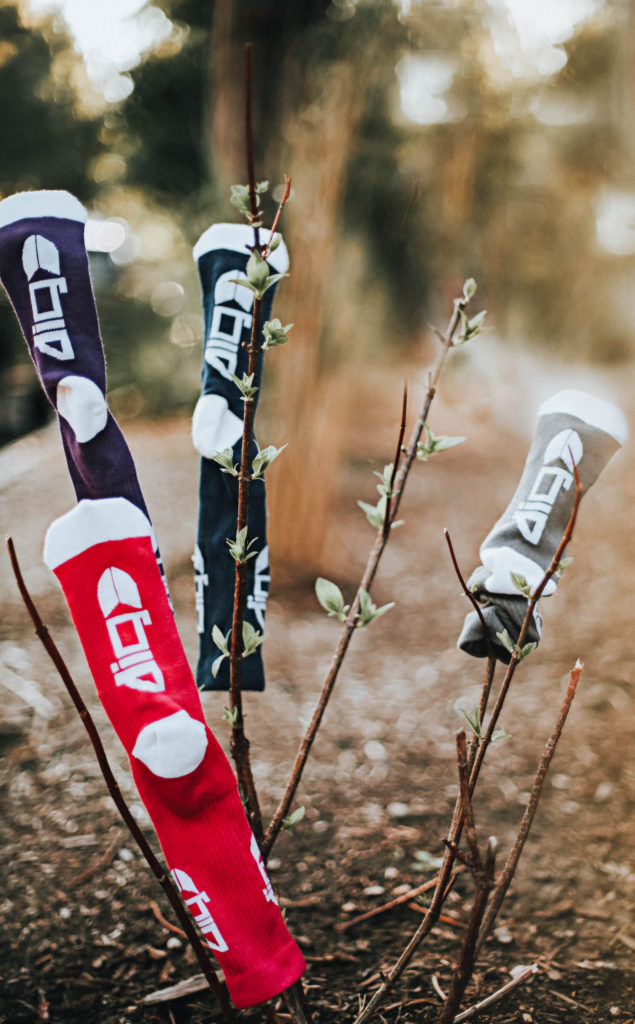

WHY IT MATTERS:
Educating – the public with a greater understanding of the many benefits that forests provide for our health and well-being of the entire planet is our goal. With eco-friendly products, recyclable and biodegradable packaging, we set out to deliver a clear message, “Step Into A Greener Future”. In hopes to encourage others to support, protect and restore these significant environmental resources, we plant two trees for each pair of our bamboo socks purchased. These multi-purpose trees are planted amongst 16 different countries where land is found to be threatened because of natural disasters, agriculture, timber harvesting, or development for new housing. Our projects are aimed towards replanting areas that can no longer regenerate naturally. Because natural disasters, such as severe storms and intense wildfires, can damage or destroy large numbers of trees, we work with our organization to replant these deforested and destroyed locations by choosing the right mix of trees that are best suitable. These trees are then able to act as windbreaks, filter water, prevent soil erosion and provide extensive wildlife and habitats. These drastic essentials are provided by easily contributing back to the atmosphere and supporting greener ways.
Climate – and forests are directly linked, both on the local and global scale. Healthy forests contribute to regular weather patterns, and help to combat the drastic changes that come from global climate change. The interaction of this relationship with an area’s topography, latitude, and altitude, can create microclimates. Microclimates are areas that can be as small as a few square feet, or as large as many square miles. These regions can offer growing opportunities for crops that cannot thrive in broader areas. Trees create microclimates almost anyplace they are located by providing shade and a windbreak. This allows for natural wind breezes, shade and energy conservation, which translates into less energy use and lower cooling costs. Also, in using less energy, less pollution is created providing cleaner air.
Clean air and water – are the most basic elements needed for survival. Whether you live in a rural area, a small country town or a bustling city, trees near and far provide these necessities daily. Though forests supply many additional services, these two are the backbone relationship between people and trees. The role of trees and forests in our ecosystems is absolutely critical. Forests renew our air supply by absorbing carbon dioxide and producing oxygen. Trees also clean our atmosphere by intercepting airborne particles, and by absorbing ground-level ozone, carbon monoxide, sulfur dioxide, and other greenhouse gases. A single tree can absorb 10 pounds of air pollutants a year, and produce nearly 260 pounds of oxygen, which is enough to support two people. Urban trees can do even more for clean air. Depending on location, species, size, and condition, shade from trees can reduce utility bills for air conditioning in residential and commercial buildings by 15 to 50%. It turns out that forests act as natural reservoirs, treatment plants, and storm-water management systems, too. Through shade and the evaporation of water from their leaves, trees also provide natural, low-tech cooling that reduces energy use and the need to build power plants. Forests provide natural filtration and storage systems that process nearly two-thirds of the water supply in the United States. In addition to acting as the lungs of the planet and as carbon sponges, forests also provide a habitat for a wide variety of the planet’s creatures and biodiversities.
Biodiversity – is the degree of variation of life. It is also the key to healthy living. The strength of a forest or any other ecosystem is measured by its biodiversity. A greater variety of life makes a forest more capable to withstand and recover from disease, harmful infestations, wildfires, and other threats or hazards. In fact, many species of wildlife that live in these areas, depend on narrow slides of the ecosystem for food or camouflage. Those small areas must contain every type of flora or fauna the species needs. Keeping this balance is incredibly important, because the loss of just one species, or a single generation of trees, could change the forest’s ability to support certain forms of wildlife, or to protect itself from danger. Natural forests are dynamic, as they sprout, grow, mature, die, and re-seed to start the process all over again. At each stage of this succession cycle, the forest hosts a different mix of trees and plants. When something threatens this natural process, such as wildfire or logging, the face of the forest can change. That is why helping to preserve the health of our planet, for the benefit of its inhabitants, is sincerely important. Forests are a big part of why Americans love to get outdoors. They provide places for hikers, bicyclists, fishermen, hunters, tourists, and families of all ages to play, exercise, and explore. There is no place, city or countryside, that isn’t made healthier and more enjoyable by trees. Healthy trees call for healthy living.
Medicine and Health – can also be supplied by trees. Trees can create a healthier environment as they provide a wide variety of medicines and methods. Trees reduce ground-level ozone and other airborne pollutants that worsen asthma and other pulmonary problems. Trees can reduce stress, encourage meditation and self-reflection. A grove of trees can soothe the soul and can even speed the recovery of surgical patients. In fact, studies show that trees in urban areas improve brain function, encourage social-interaction, promote a more active lifestyle, as well as lowering any sorts of crime or violence. Tree-shaded sidewalks also encourage pedestrian activity, getting people to walk a few blocks rather than drive, allowing for a friendlier atmosphere. Trees are also sources for the most versatile medicines you will find. More than 120 distinct chemicals derived from trees are used in a variety of drugs daily. These medicines can be used year around. In fact, in early spring and summer, the leaves of trees are useful healing agents. Whereas in fall and winter, the bark, twigs and even roots may be used to treat common ailments. Protecting these resources, instead of destroying them, could quite literally save our lives. That is why we plant trees, to ensure people recognize that healthy forests are vital to our everyday lifestyle and surroundings.
Not Only About Bamboo Socks
We make bamboo socks because of the impact that it has on the process of creating the sock. You can read about why we choose bamboo socks and it will help you understand why we want to make this planet a better place. All of our packaging is sourced from recycled materials. Our displays are made with recycled wood and painted with a low carbon footprint paint. Everything we do here is not only based around creating a great sock that has awesome eco friendly proprieties, its to help better the environment with everything we do as a company.
